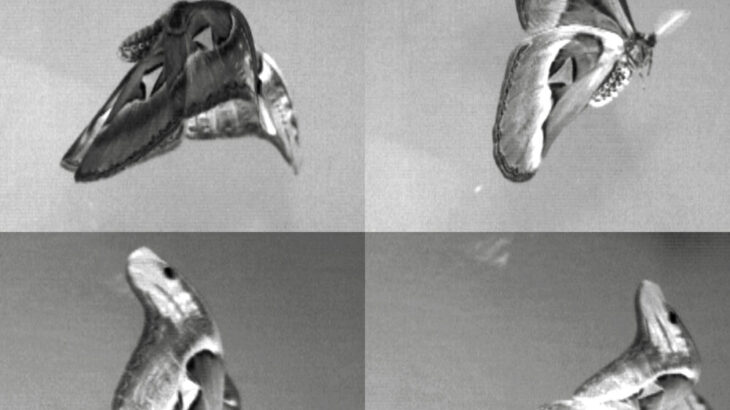Current quasi-steady models of insect flight often prescribe constant body dynamics during a wingstroke. However, many silkmoths and butterflies experience large fluctuations in body kinematics even during a single wingstroke. We know that silkmoths use larger, slower wingstrokes than their cousin hawkmoths, which are common models for insect flight. But how do silkmoth’s morphology and wing kinematics act together to cause large body pitch and vertical fluctuations? Moreover, whether silkmoth’s body oscillations impact aerodynamic angle of attack, force production, power requirements, and flight stability? To answer these questions, we build and analyze models of insect flight dynamics that use digitized wing shapes and forward flight 3D kinematics from various silkmoths and hawkmoths. Our models are based on quasi-static aerodynamics but incorporate time-varying body kinematics, empirically measured aerodynamic force coefficients and unsteady effects such as added-mass forces. The answers to these questions would also have strong implications for the design of flapping-wing micro air vehicles (FW-MAVs) that require high stability and low power requirements all while maintaining agility.
